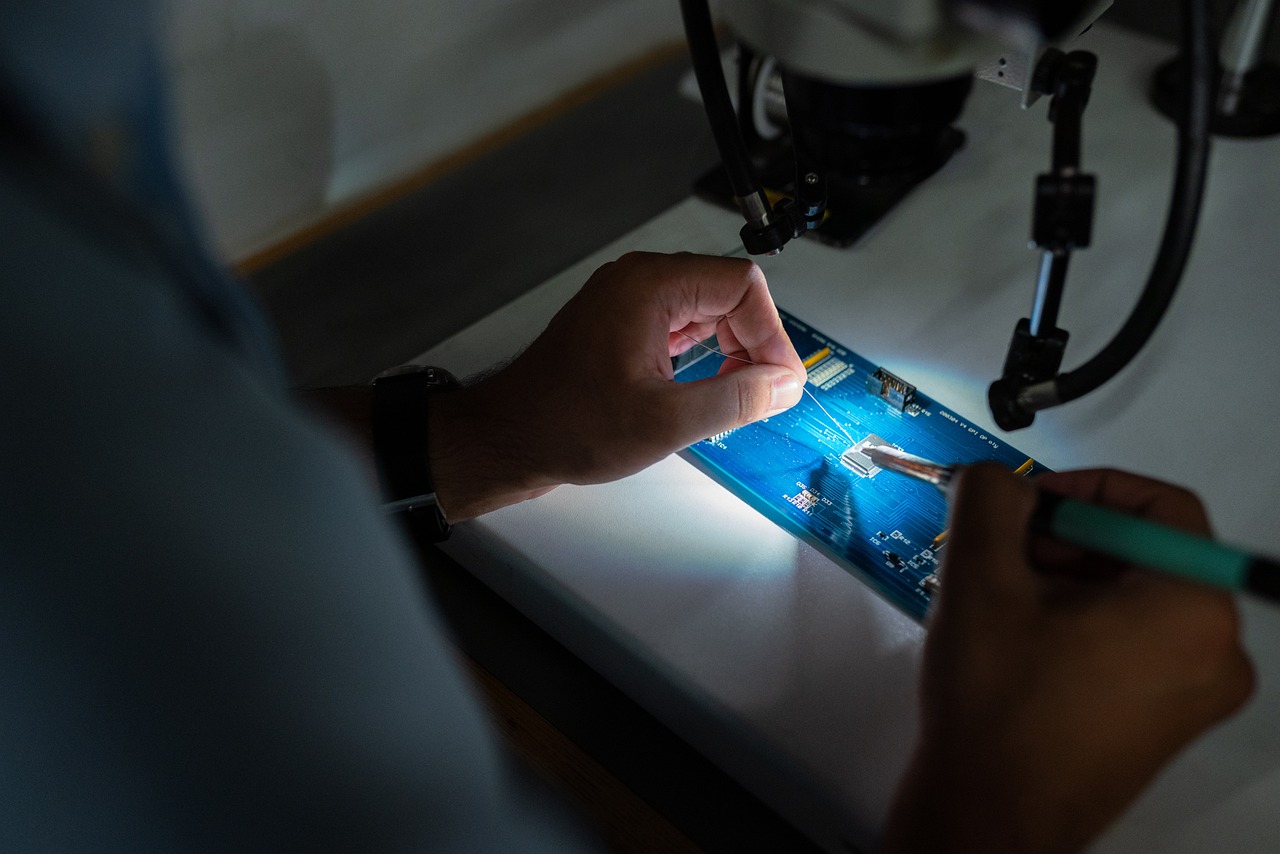NFTs: Revolutionizing Digital Art Ownership
Non-fungible tokens (NFTs) have been making waves in the art world, revolutionizing the way artists and collectors interact. These digital assets are unique and cannot be exchanged like-for-like, adding a new dimension to the concept of ownership and authenticity in the art market. As NFTs continue to gain traction, more artists are turning to this technology to showcase their work in a virtual space that transcends traditional boundaries.
The blockchain technology that underpins NFTs allows for secure and transparent transactions, giving artists greater control over their creations and the ability to receive royalties each time their works are resold. This level of autonomy and financial benefit was not readily available in the traditional art market, making NFTs an attractive option for artists looking to monetize their art in a novel way. Moreover, the digital nature of NFTs opens up opportunities for artists to reach a global audience and connect with collectors from around the world, bridging geographical barriers and democratizing the art industry.
• NFTs provide artists with a new way to showcase their work in a virtual space
• Blockchain technology ensures secure and transparent transactions for artists
• Artists can receive royalties each time their NFTs are resold, providing financial benefits
• Digital nature of NFTs allows artists to reach a global audience and connect with collectors worldwide
Understanding the Concept of NFTs
Non-Fungible Tokens (NFTs) have emerged as a revolutionary digital asset in the art world. In simple terms, NFTs are unique cryptographic tokens that represent ownership of a specific item, whether it be digital art, music, collectibles, or any other form of digital content. Each NFT contains metadata that distinguishes it from other tokens, making it one-of-a-kind and non-interchangeable, hence the term “non-fungible.”
The concept of NFTs is based on blockchain technology, which provides a transparent and decentralized ledger to prove ownership and authenticity. By leveraging blockchain, NFTs ensure that the digital asset is scarce, verifiable, and secure. This unique combination of digital ownership and scarcity has allowed artists to monetize their digital creations in a way that was previously impossible, opening up new opportunities for creators in the art world.
How NFTs are Changing the Way Artists Sell Their Work
The emergence of non-fungible tokens (NFTs) has revolutionized the art market by providing creators with new avenues to sell their work directly to collectors. Traditionally, artists relied on galleries or online platforms to showcase and sell their art, but with NFTs, they can now reach a global audience without intermediaries, allowing for a more personalized and profitable experience.
One of the key ways NFTs are transforming the art selling process is through the use of blockchain technology to securely authenticate and track ownership of digital artworks. This creates a level of transparency and immutability that is unparalleled in the art world, providing both artists and buyers with the assurance that the work is authentic and original. Additionally, the smart contracts embedded in NFTs enable artists to earn royalties every time their piece is resold, ensuring a continuous stream of income from their creations.
What exactly is a non-fungible token (NFT)?
A non-fungible token (NFT) is a unique digital asset that represents ownership of a specific item or piece of content, such as artwork, music, or collectibles, using blockchain technology.
How are NFTs changing the way artists sell their work?
NFTs are revolutionizing the art world by providing artists with a new way to monetize their work directly to collectors without the need for galleries or intermediaries. This allows artists to retain more control over their creations and earn royalties on future sales.
Can anyone create and sell NFTs?
Yes, anyone can create and sell NFTs, but it is important to understand the legal and copyright implications of selling digital assets. It is also crucial to choose a reputable platform for minting and selling NFTs.
Are NFTs a good investment for artists?
NFTs can be a lucrative investment for artists, as they provide a new revenue stream and potential for increased exposure and recognition in the art world. However, like any investment, there are risks involved, so artists should do their research before diving into the world of NFTs.
How can collectors verify the authenticity of an NFT?
Collectors can verify the authenticity of an NFT by checking the blockchain record to confirm ownership and origin of the digital asset. It is important to only purchase NFTs from trusted sources to avoid counterfeit or stolen artwork.





